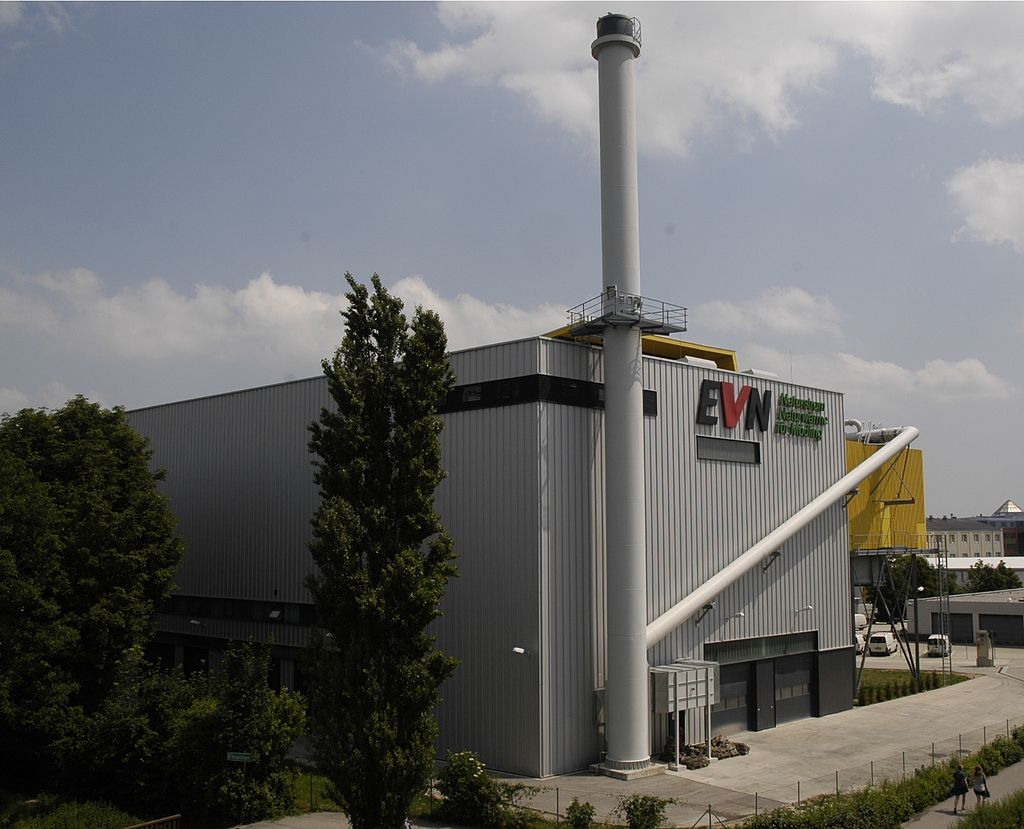Power-to-heat technology could help increase renewables deployment in countries with limited grid capacities and in isolated, coal-based energy systems, according to researchers from Kosovo’s University of Pristina, the Naval Architecture University of Zagreb and Denmark’s Aalborg University.
The Increasing the integration of variable renewable energy in coal-based energy system using power to heat technologies: The case of Kosovo paper, published in Energy and on the ScienceDirect website, outlines how large scale solar and wind projects could generate electricity for power-to-heat systems in currently coal-fired Kosovo, increasing energy system reliability without the need for new grid infrastructure.
The researchers said power-to-heat projects could provide flexibility for the Kosovan energy system – depending on the capacity of interconnection cables with neighboring countries; current flexibility potential for the electricity used in heating, cooling, electricity and transport; and minimum operating capacity for thermal power plants, among other benefits.
Model
A network was modeled using EnergyPLAN software, which simulates the operation of national energy systems.
Two scenarios were studied, to examine the role of district heating, different scales of power-to-heat systems and how much clean energy generation could be deployed. A reference scenario was based on the energy supply and demand data for Kosovo in 2015 and involved 75.5 MW of hydropower generation capacity plus 600 kW of solar and 1.3 MW of wind. Most of the nation’s electricity in 2015 was generated by the coal-fired, 40-year-old Kosovo A Power Station (345 MW) near Pristina and the 27-year old Kosovo B Power Station (540 MW) in Obilić, plus imports from Balkan neighbors.
District heating was expanded to meet half the nation’s heat demand in a second scenario modeled by the researchers, with various power-to-heat capacities considered.
The potential for solar and wind generation capacity in the non-power-to-heat reference scenario was limited to 300 MW and 400 MW, respectively, the researchers found. Those figures rose by 385 MW and 800 MW with the addition of power-to-heat coupled with thermal energy storage for fixed-capacity district heating.
“It has been demonstrated that even in a very well interconnected power system, power-to-heat will provide enough system flexibility to integrate a high share of wind penetration,” the scientists stated. “The contribution of power-to heat technologies for PV penetration in current power systems, based on coal, is not that significant because the power production from PV happens during the summer months when the heating season ends.”
Kosovo is planning to tender its first large scale PV project and recently raised its renewable energy target to an additional 400 MW of capacity by 2026. That would be enough to meet a quarter of its power demand.
This content is protected by copyright and may not be reused. If you want to cooperate with us and would like to reuse some of our content, please contact: editors@pv-magazine.com.




2 comments
By submitting this form you agree to pv magazine using your data for the purposes of publishing your comment.
Your personal data will only be disclosed or otherwise transmitted to third parties for the purposes of spam filtering or if this is necessary for technical maintenance of the website. Any other transfer to third parties will not take place unless this is justified on the basis of applicable data protection regulations or if pv magazine is legally obliged to do so.
You may revoke this consent at any time with effect for the future, in which case your personal data will be deleted immediately. Otherwise, your data will be deleted if pv magazine has processed your request or the purpose of data storage is fulfilled.
Further information on data privacy can be found in our Data Protection Policy.